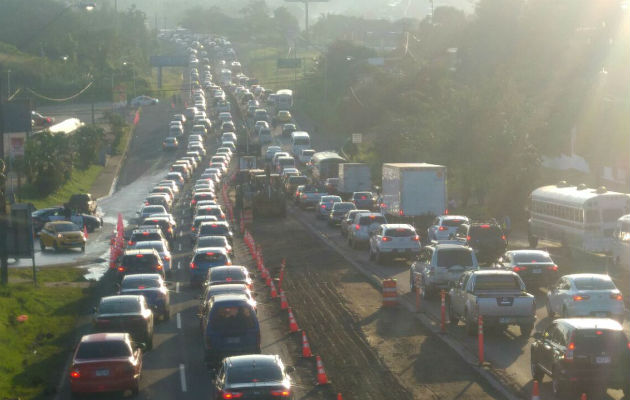Photo by Panama Tribune – News From the Center of the Americas.
By: Valdes-Montenegro, A., Gonzalez-Olivardia, F., Thepanondh, S., Pinzon-Acosta, C.
Abstract
This study addresses the emissions from mobile sources in a busy avenue. Latest mobile emission inventories estimated pollutants based on fuel sales activities in the country. While this is an approved methodology, it does not consider the characteristics of vehicles and their emissions control systems. Applying the International Vehicle Emissions (IVE) model involves low costs, the vehicle fleet’s technology features, and the study region’s environmental parameters. The IVE model allows a better understanding of how vehicle technology impacts air quality. This study aims to generate information about vehicle emissions in Panama using a model that considers factors like vehicle technology, driving patterns, and local conditions, all of which influence air pollution in the region. The focuses are on passenger vehicles, the most common in the country, particularly in one of the densest districts. Carbon monoxide (CO), sulfates (SOx), nitrogen oxide (NO, and particulate matter (PMx) emissions were estimated with the IVE model, the first one stood out, represented 98% (6479.82 g/km) of the air pollutants emitted into the atmosphere by these four gases. Finally, it is established that the combination of emission control technologies and vehicle features is what will determine its emission reduction efficiency. Only in diesel vehicles, an increase in PMx emissions was identified.
E3S Web of Conferences 530, 01003 – 2024.

